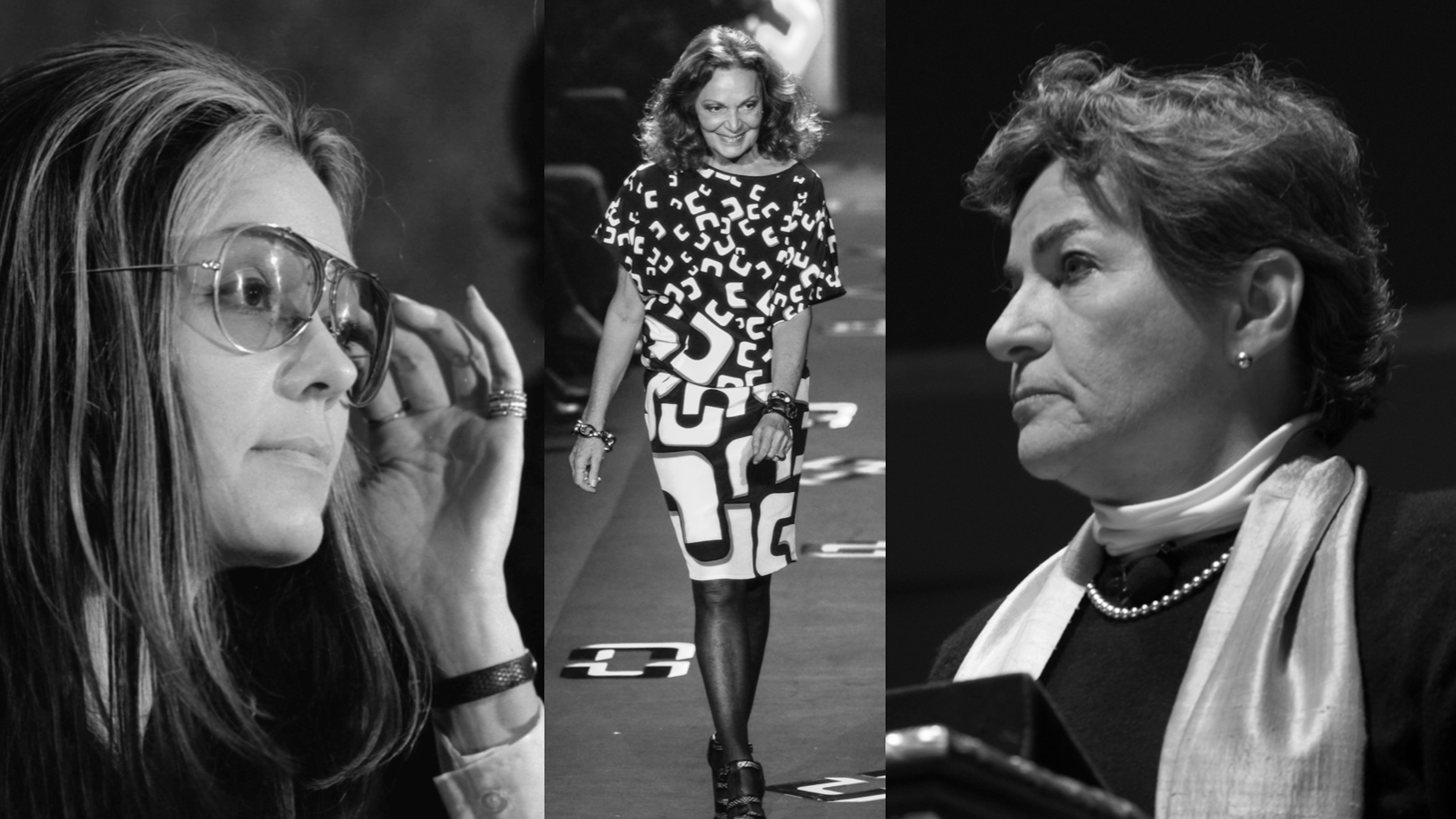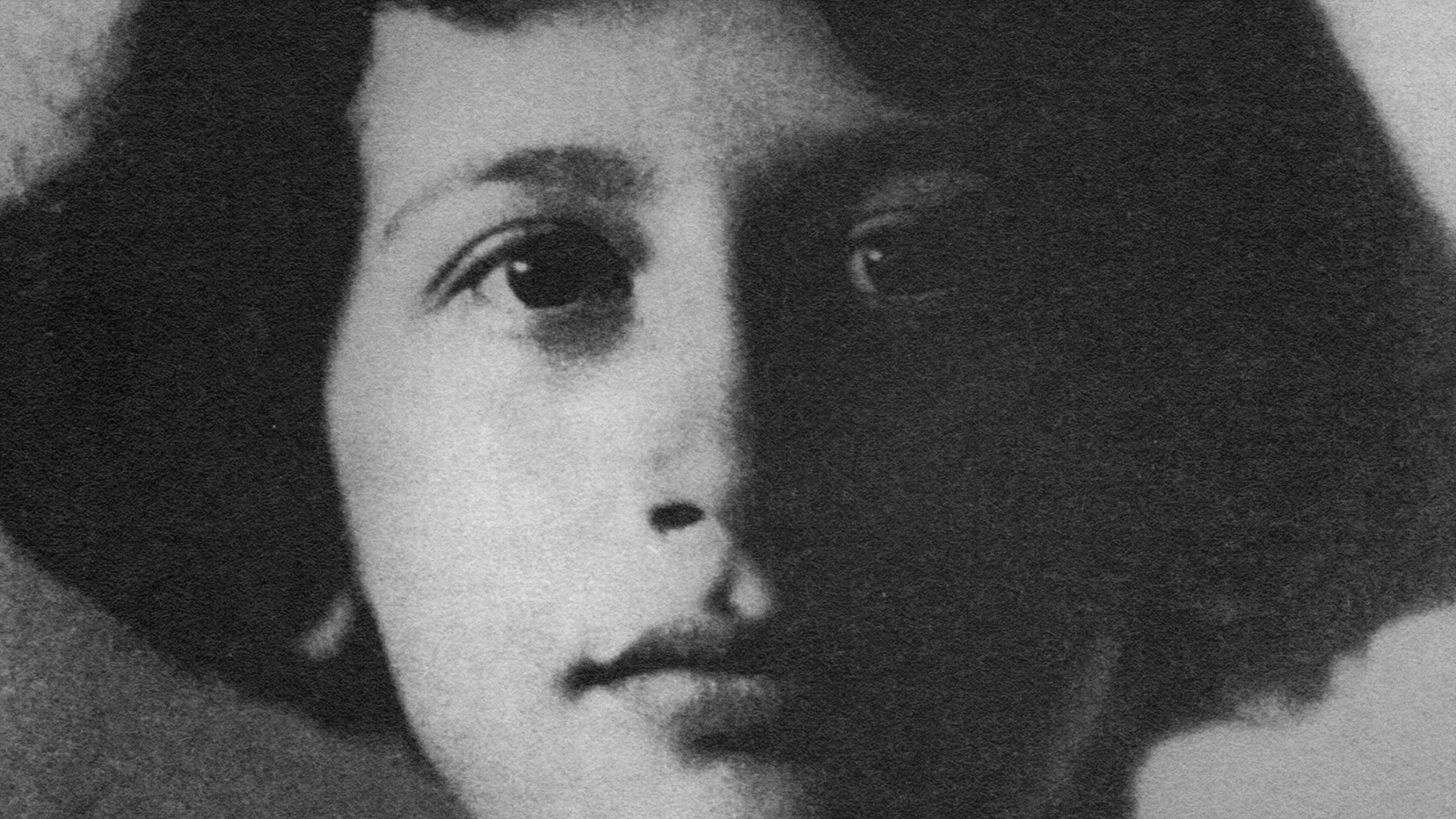The painter speaks to the element of struggle that the disease introduces into his work.
Question: How did the AIDS epidemic affect your work?
Bleckner: I think there’re always, essentially, transcendental issues that come up in our lives and transformational issues, just like the transformational people in ideas. For me, AIDS, certainly in the ‘80s when I was in my 30s, was one of them. Because what it signaled was a kind of an end to an era of unbridled optimism about, actually, what it meant to live a “normal lifespan”. So, suddenly, endless optimism became a sense of the fear of mortality, of early mortality. And I think that that became a very pervasive consciousness regardless of what your sexuality is, that was very profound. And I think that… that the idea of not addressing shifts in consciousness, you know, as an artist in the world… which, for me, has to do with really describing what it means to be. It’s like a rhetorical statement. Being an artist in the world means describing what it means to be an artist in the world.
Question: What is the emotional impact of having a disease?
Bleckner: The spectrum of emotional range that you deal with when you’re dealing with anything, whether it’s political or health or psychological, personal, I think its part of, you know, the trajectory of what the work looks like. And I… I’ve gone through periods where my work is where I consider it to be kind of almost sentimentally romantic and then holding back and withdrawing from that… from that mindset to a real documentary. You know, there I went through a period with my work. Really focus on microbiology and electron, you know, like doing research with electron microscopes. And, in fact, making extremely realistic pictures about what it means for cells to divide, what it means in the kind of fragility of… You know, it’s always… You know, it’s about our skin in our consciousness. And it’s really a membrane. And when you think about it, that membrane is a one cell thick membrane between what’s normal and what becomes abnormal. I think that the sadness that I came home with, from Africa, I think, is something that I’m just figuring out how that will kind of be retrieved and circulated back into my work, you know. But I don’t want to make sad paintings, I don’t want to make happy paintings but my aim is to make paintings that I feel are spiritually generous. And somehow, on some level, bring, in the whole kind of ellipse of the body of anybody’s work, happiness into the world and some kind of joy and some kind of optimism and some kind of hopefulness, just like I saw on those kids.





